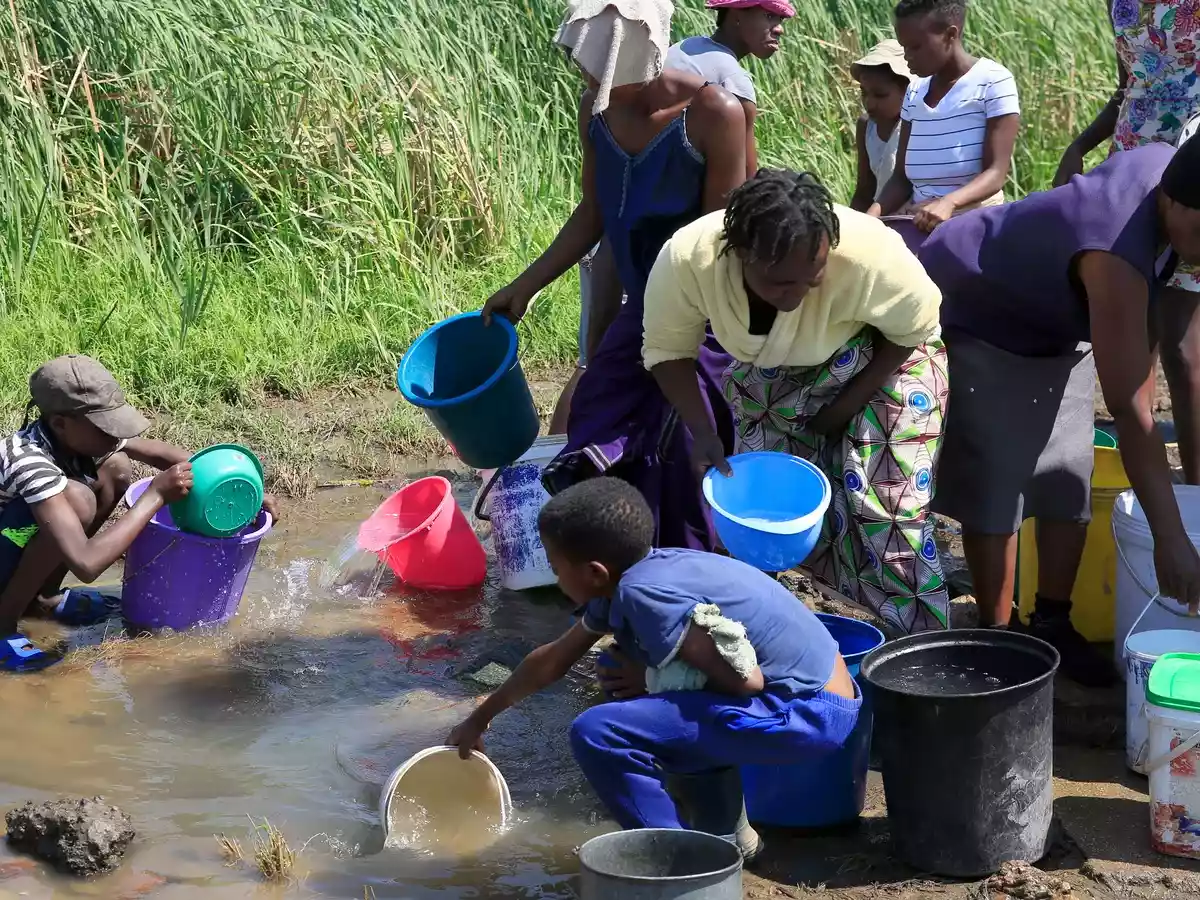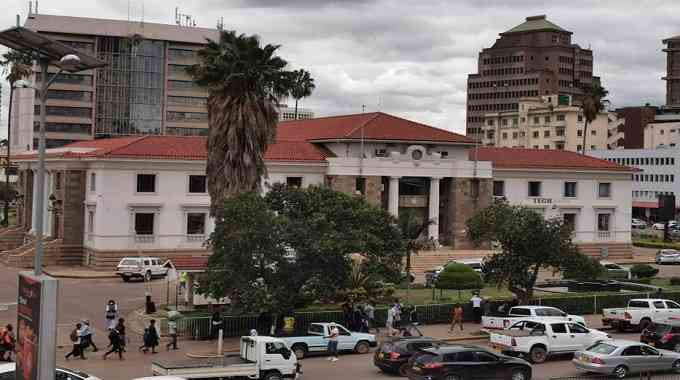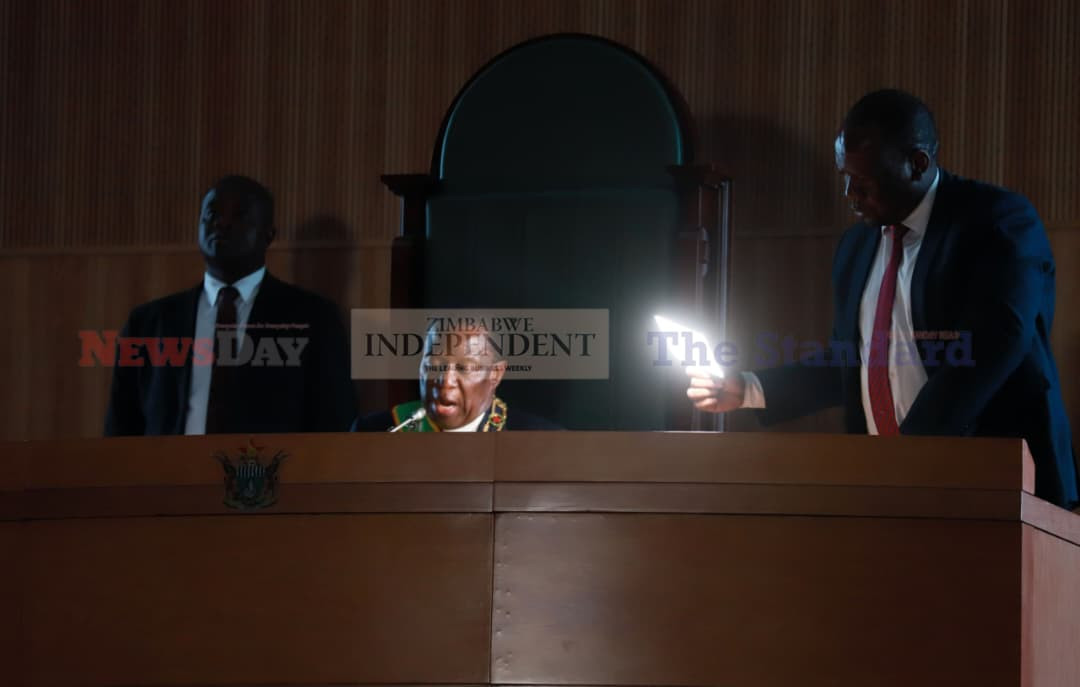
Since the early 2000s Zimbabwe has struggled with potable water supply, implying that new models of water provision are needed.
In Harare, 59% of treated water does not generate revenue for the municipality. It is lost through leakages, illegal connections and non-payment by some users. This renders the municipal water service, unviable.
As a result, several neighbourhoods have not had access to municipal water, in years. Wastewater, which includes sewage, has been either undertreated or completely untreated, such that when it is eventually discharged into the city’s river systems, it is toxic to human health, and other ecological systems.
Inadequate and ageing infrastructure contributes to the challenges, as it is associated with breakdowns at water and wastewater treatment plants, and leakages within the reticulation systems meant to supply municipal customers, among others.
Growing urbanisation, and governance failures (including corruption) in municipalities, will likely keep the country’s water systems in the same spectrum of poor and hazardous supply if nothing is done to address the decline.
Access to water supply, or the lack thereof, can impact the development of a society and economy. Scarce water resources result in people spending their time in search of water, instead of being economically productive.
It also leads to the proliferation of sicknesses, which result from poor hygiene standards. These too, cause financial wastage through higher medical expenses, and in the worst case, lead to shorter life expectancy.
Several economic sectors, including SMEs, depend on water for their commercial operations. Without it, they spend more as they look for it elsewhere, or they fail to proceed with their activities, altogether.
- Mavhunga puts DeMbare into Chibuku quarterfinals
- Bulls to charge into Zimbabwe gold stocks
- Ndiraya concerned as goals dry up
- Letters: How solar power is transforming African farms
Keep Reading
Overall, some estimates suggest that, US$260 billion is lost around the world, each year, due to lack of basic water and sanitation. Therefore, water supply is a critical matter which covers human rights, along with social and economic development.
Considering the poor performance of several municipal water systems in the country, the issue of engaging the private sector to work alongside municipalities has been emerging and gaining momentum.
Decisions on whether to keep municipal water in public custody, to completely privatise it, or to only outsource a portion of the value chain to private players, will have a significant impact on the future of potable water resources in the country. What is evident though is that reform is now overdue.
Ring-fencing water service function
As a starting point, ring fencing of municipal water services is typically considered a foundational step towards improvement, whether or not it eventually leads to privatisation.
That means, when ring fencing is implemented, it usually improves services, whether they stay under municipal control or are transferred to the private sector. Ring fencing entails, the establishment of two departments responsible for water, within a municipality.
One municipal department will be assigned responsibility over regulatory activities and policy formulation, regarding the municipality’s goals in the area of water services.
Regulation entails the regular monitoring of the operations side of water services, to ensure that it is achieving consistent availability of supply for the residents; providing quality potable water which is not a threat to health and is adhering to governance best practices such as addressing all forms of corruption.
Policy formulation to be carried out by this regulatory branch, would entail goals such as connecting all households within a municipality to tap water; providing free monthly water allocations to the poor; achieving revenue and debt collections at rates above 90%.
This regulatory and policy formulation department, is usually called the “Water Service Authority” (WSA) branch of the municipality.
Currently, most municipalities in Zimbabwe do not have a dedicated in-house department which is responsible for regulations and policy formulation. That means, local municipalities do not have enough internal checks and balances which ensure that they do not drop their standards to the bottom-most levels.
If it so happens that the municipalities have failed dismally in terms of operations, citizens will therefore have to depend on non-municipal or external institutions such as the Zimbabwe National Water Authority, the Ministry of Health, or the anti-corruption commission, depending on the nature of breakdown at the municipality.
The second department within the municipality, to be established through ring fencing, would be responsible for the actual operations, which include the maintenance of various water infrastructure; procurement of supplies; the treatment and purification of raw water; and distribution of purified water to clients, among others.
This second department is typically referred to as a “Water Service Provider” (WSP). If the WSP begins to slack in its performance, the WSA will quickly reprimand it, so that it keeps its standards up. If the WSA fails to bring the WSP to account, external institutions including residents will bring the WSA to account themselves.
If ring-fencing is implemented, the only portion of the water service that can be privatised, would be the WSP. That means the WSA stays in the hands of the local municipality whether under privatisation, or under total municipal control.
With ring-fenced water supplies, the municipality will establish its water tariffs based on the revenue required to cover costs.
Additionally, revenues collected from water operations will be strictly used for water resources within the municipality, instead of other non-water municipal responsibilities. This is unlike what Zimbabwean municipalities currently do. Local municipalities do not necessarily tie the tariff of water to the cost of providing the service.
Rather, they charge the tariff based on what they estimate water can contribute, towards achieving their overall municipal budget, for all municipal services combined.
Revenues from water are also not strictly used for reinvesting into the water infrastructure, as far as local municipalities are concerned. Rather water revenues can sometimes end up cross subsidising other municipal services which happen to be in financial deficit, such as municipal clinics, and schools.
That means if excess revenue is made from water services, it can end up subsidising other faltering municipal activities which are not connected to water services in any way.
However, if there was a ring-fencing of revenues from municipal water services, they would strictly be reinvested into the municipal water value chain, ensuring that it would continue to perform at excellent standards.
Ring-fencing is therefore designed to create accountability, financial viability and efficiency of water services within a municipality.
International experience
The international experience of privatisation of municipal water is mixed. It is characterised by either success or failure, implying that it cannot be easily and clearly predicted, whether privatisation will be gainful or detrimental.
In Bolivia, the introduction of the private sector increased investment in water infrastructure such as household connections, making the reliability of supply available to both high and low-income households.
However, these were accompanied by sharp increases in the water tariff, since the private players work with a profit motive, which in some cases boils down to the pursuit of “super profits”.
Due to the high water tariffs, the Bolivian public were eventually outraged, until they protested against the privatisation. Ultimately, water resources in the country were re-nationalised.
In the capital city of Argentina (Buenos Aires), the same path as Bolivia, was taken, with similar technical improvements. However, challenges remained for poorer households, until there was a re-nationalisation in 2006.
In Guyana and in Trinidad and Tobago, privatisation was successful, and led to a robust improvement in revenue collection rates. Unlike municipalities which are tied to politics, through their elected councillors, the private sector does not seek to pacify residents.
Instead, if they are owing it can cut off their connection immediately, leaving them to rely on free water from communal access points, such as boreholes or other public tap water installations. The private sector can have more than 95% debt collection rates, in water services, due to their strictly professional approach regarding outstanding payments.
Obviously, this can quickly expose the poor and might cause widespread discontent, if applied in an economy that has failed to create ample economic opportunities for its populace.
In Ivory Coast, household water connections doubled within a decade of private sector involvement. In Guinea, availability and quality improved. There was also a modest growth in new connections to households that were previously excluded. Nevertheless, high connection costs, which include tariffs and other fixed monthly charges, limited access for low-income households.
In Mali, there were negative outcomes, which led to the cancellation of the concession to the private sector. That means water services were brought back to public management.
In South Africa, one private player who has been commissioned since 1999, called “Siza Water” — charges less tariffs than municipal averages, provides high quality potable water, is highly reliable in terms of supply, shares profits above 15% with the municipality, requests approvals of proposed tariff increases with the municipality, has reduced water losses to only 8%- 15%, has a revenue and debt collection rate of 97%, and has trained municipal staff to take over operations when needed, among other excellent achievements.
The same private entity however, is accused of neglecting the expansion of infrastructure to the poor. That is because the poor are less profitable to the private sector, since they are charged less tariffs and sometimes fail to pay for services, among other things. So, some of the poor who are resident within the concession area, still use communal water points and pit latrines instead of flush toilets.
Tutani is a political economy analyst. — [email protected].











